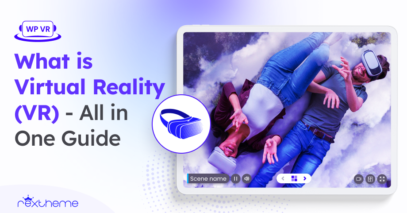Does it feel like your marketing is getting lost in the crowd? You’re not alone. With so many brands fighting for attention, standing out is harder than ever.
But here’s the thing: the ones that break through aren’t just using better visuals or clever copy. They’re creating immersive experiences. That’s where VR marketing changes the game.
Whether it’s a virtual showroom, an interactive event, or even an exclusive behind-the-scenes tour, VR offers a whole new way to engage audiences and leave a lasting impression.
In this guide, I’ll cover eight creative VR marketing ideas that can help you stand out, spark curiosity, and deepen connections with your audience.
Ready to take your strategy to the next level?
Let’s dive in.
What Is VR Marketing?
First, I’ll explain what VR marketing is.
At its core, VR marketing uses virtual reality technology to create an immersive experience for your audience. Instead of just seeing a product or service in a traditional ad, your customers can interact with it in a 3D virtual space.
For example, imagine you’re running a real estate business. With VR, you can offer potential buyers a virtual tour of a property, letting them explore every corner without leaving their homes.
This not only saves time for both you and your customers but also gives them a deeper sense of the space—something static photos can’t do.
In simple terms, VR marketing allows your audience to engage with your brand in ways that feel real, making them more likely to remember and connect with your message.
Benefits of Using VR in Marketing
Now that you know what VR marketing is, it’s time to look at how it can actually benefit your business in clear and tangible ways.
By adding VR to your marketing strategy, you can transform the way customers interact with your brand. Here’s a closer look at how it can work for you:
- More Immersive Customer Interactions: Unlike static images or text, VR lets customers step directly into your products or services, providing a deeper, more interactive experience. This makes them more likely to engage and explore.
- Increased Purchase Confidence: When customers can virtually “test” your products or services—whether that’s trying on clothes, touring a property, or testing out a new car—they feel more confident about their purchasing decisions.
- Stronger Brand Recall: Immersive experiences stick. After a VR experience, your brand is more memorable because the interaction felt real and personal, not just another ad.
- Higher Conversion Rates: The ability to experience a product in a virtual space encourages more people to make a purchase. For example, a VR tour of a hotel could push a potential guest to book right then and there.
- Global Reach: VR breaks down geographical limits. Whether you’re selling real estate, products, or services, your audience can experience them virtually, no matter where they are in the world.
- Increased Social Sharing: People love to share unique, fun, or impressive VR experiences. When they do, your brand gets free exposure to their network, which means more eyes on your business.
- Better Data Collection: VR allows you to track customer interactions in detail—like what they look at the most, how they navigate through a virtual store, and where they spend the most time. This gives you valuable insights to improve future campaigns.
8 Creative VR Marketing Ideas for 2025
So, after understanding the benefits of VR in marketing, it’s time to dive into some creative ways you can use VR to grow your brand awareness and build customer loyalty.
These ideas are designed to be both effective and engaging, helping you take full advantage of the unique opportunities VR offers.
1. Virtual Showrooms and Try-Ons
One of the easiest ways to make VR work for you is by creating virtual showrooms. This allows your customers to browse and try your products from the comfort of their own home. Whether you’re in fashion, retail, or even cosmetics, virtual showrooms can make your products feel more accessible.
For example, IKEA has used virtual showrooms to let customers digitally place furniture in their homes. This helps customers see how items will fit and look in their space before buying.
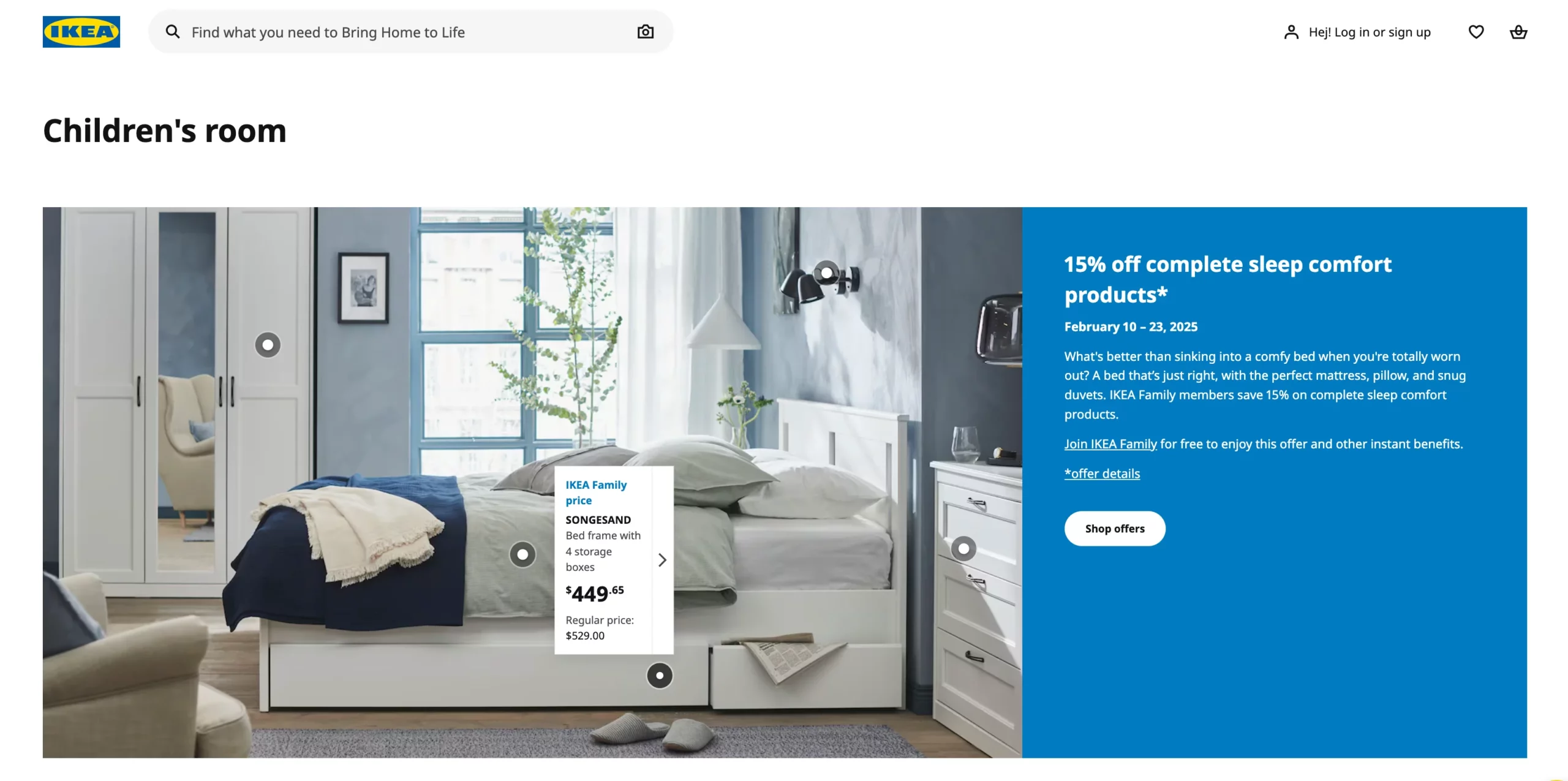
It creates a more personalized shopping experience, which often leads to better engagement and more confident purchases. It’s an effective way to make your products feel real without needing a physical store.
2. Pop-Up VR Shops
Pop-up shops are a great way to create a buzz around a new product or limited-time offer. With VR, you can make these pop-ups virtual, creating exclusive online shops that disappear after a set period. These pop-up VR shops not only spark excitement but also offer customers something unique and time-sensitive that they can’t get anywhere else.
Brands like Nike have used VR pop-up stores to promote special collections or events.
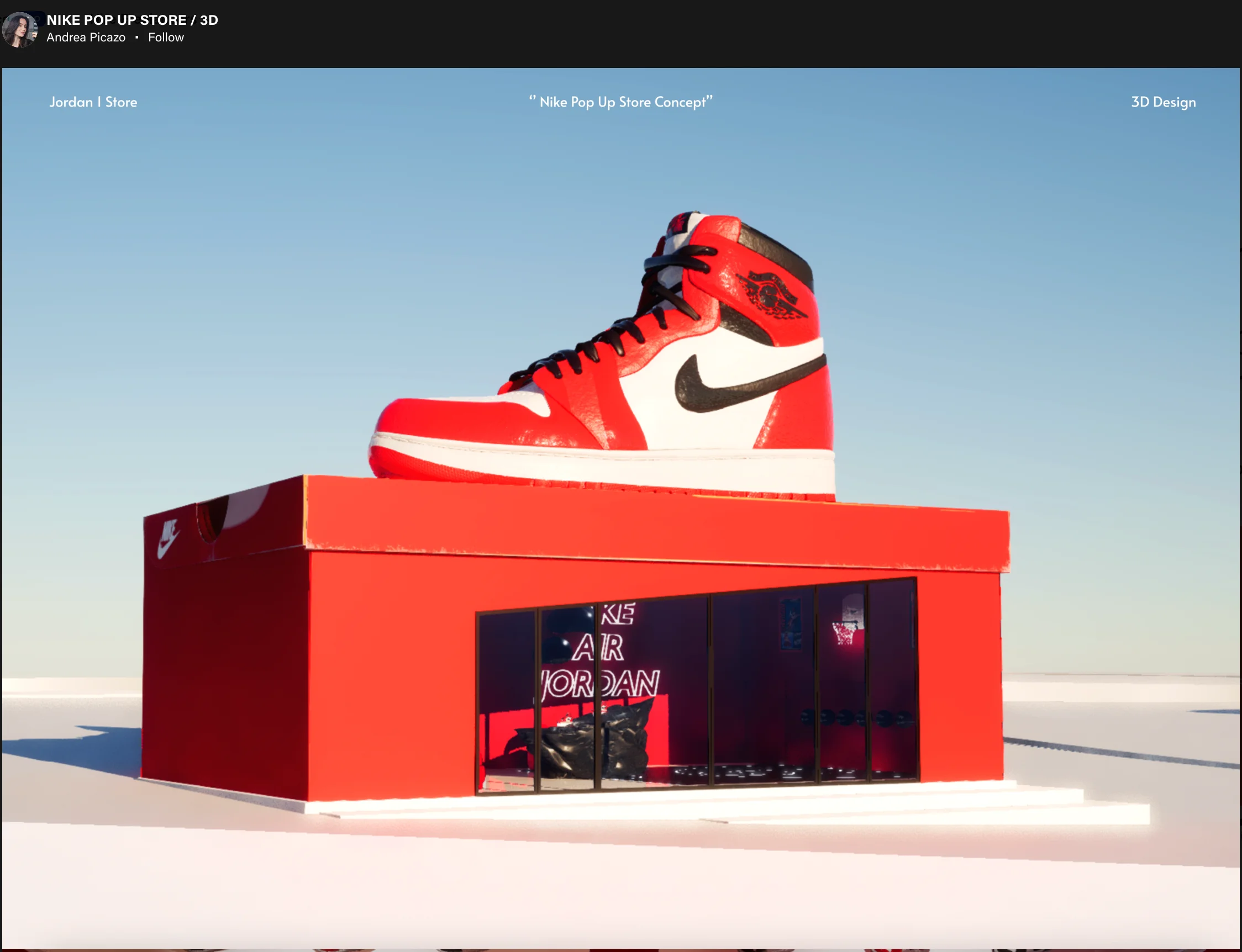
These temporary stores allow you to create a sense of urgency and exclusivity, encouraging customers to share their experiences on social media, and helping you spread the word and attract more attention.
3. VIP Rooms for Exclusive Experiences
Creating VIP rooms in virtual reality is another excellent way to reward your loyal customers with exclusive content and experiences. These private, invite-only spaces can offer early access to new products, behind-the-scenes content, or private events, making your customers feel valued and special.
For example, during the 2020 virtual King’s Day festival in the Netherlands, organizers collaborated with brands like Heineken and Unox to create a virtual space replicating an Amsterdam square. Attendees could purchase tickets to access this space, with VIP tickets offering closer virtual proximity to artists.
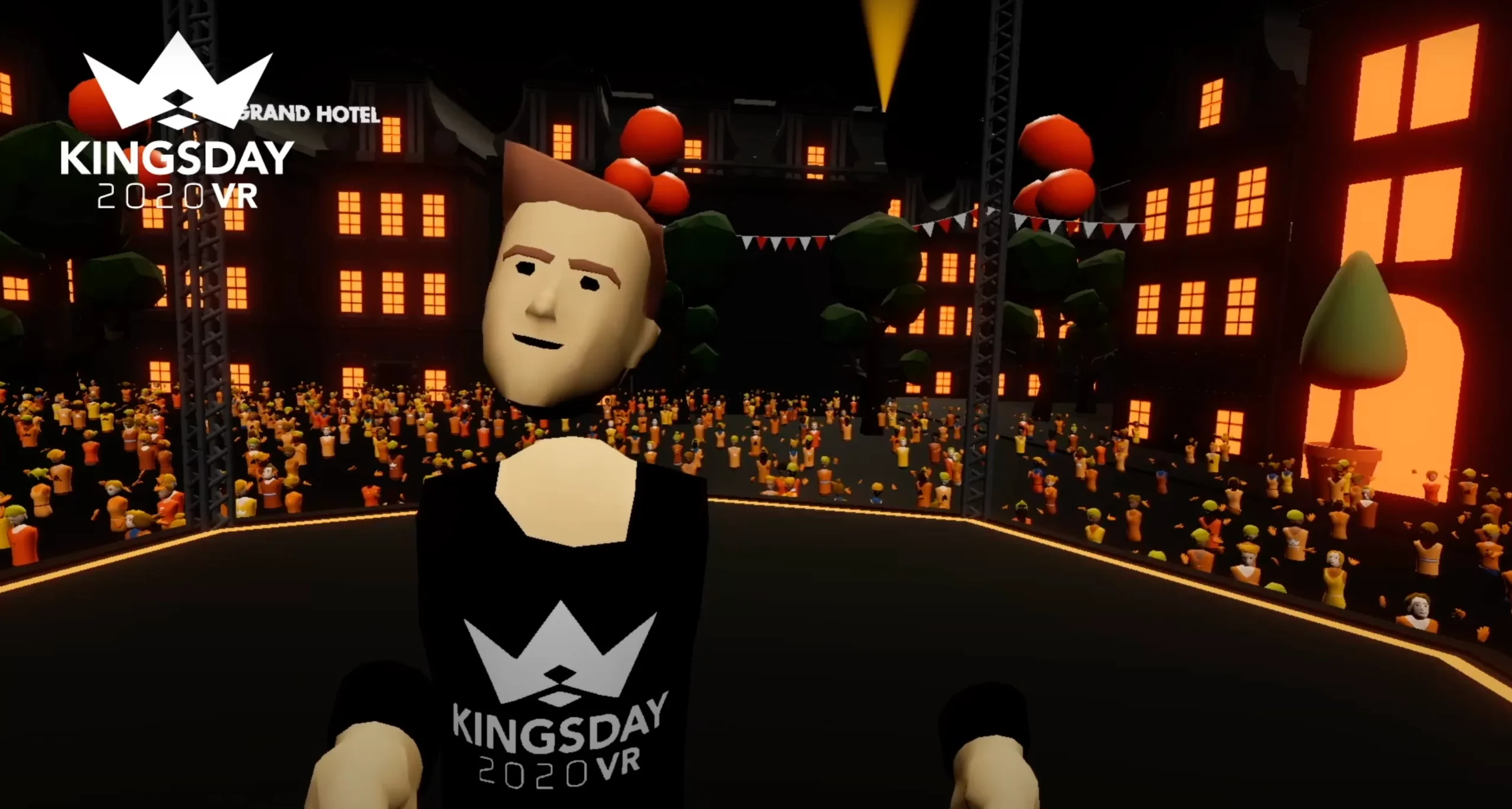
This approach not only provided an exclusive experience but also fostered a deeper connection between the brands and their audience.
4. Quest-Based Games
Gamified VR experiences offer another layer of engagement by turning passive viewing into active participation. These quests or challenges create memorable experiences that keep customers coming back for more.
For instance, Nissan collaborated with Groove Jones to develop an interactive AR scavenger hunt inspired by their “Thrill Driver” campaign. At the New York Auto Show, participants used their mobile devices to locate and unlock AR face filters hidden throughout the Nissan exhibit.
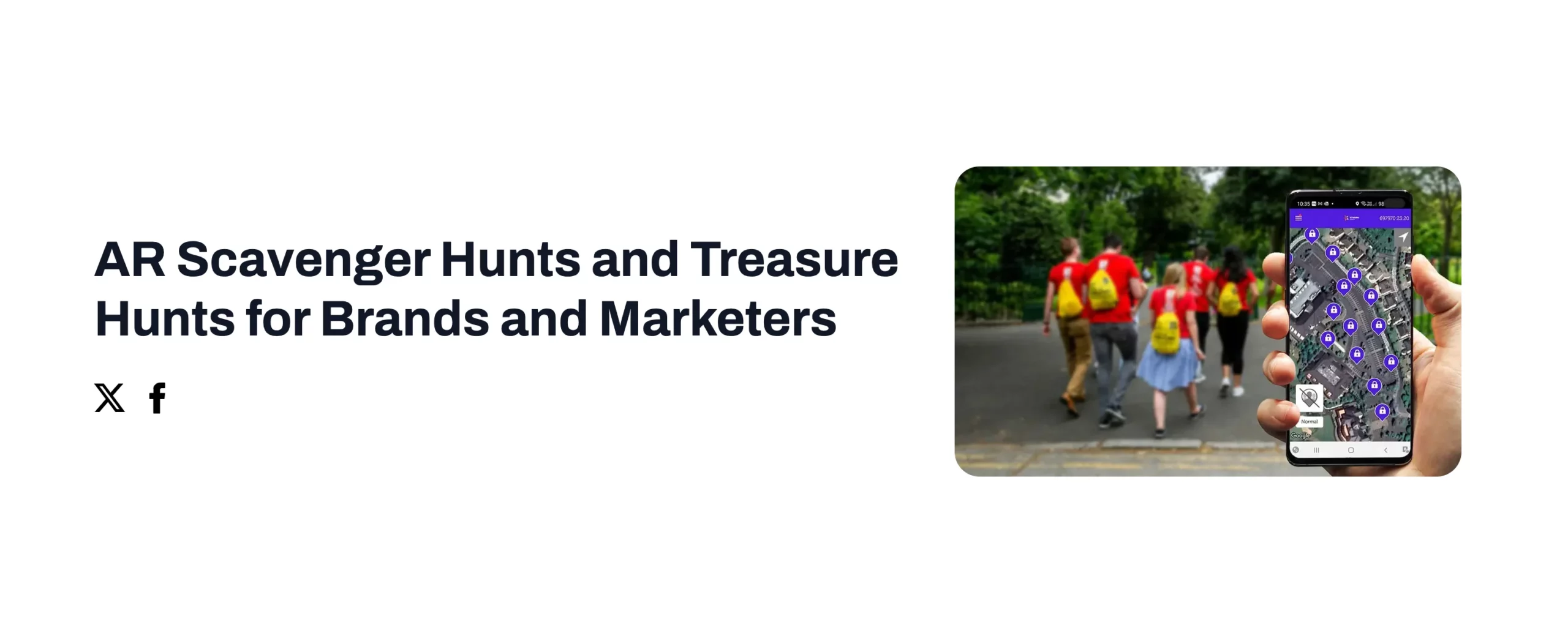
Completing the scavenger hunt rewarded participants with prizes, creating an engaging and memorable brand experience.
5. Virtual Runways and Fashion Shows
Another creative way to use VR marketing is through virtual runways and fashion shows, which can elevate how your audience interacts with your brand. This way you can present your collections in a dynamic way that breaks through the constraints of physical events.
For example, Balenciaga hosted a virtual runway show for their Fall 2021 collection. The brand created a VR experience where participants explored a futuristic environment while models showcased the latest collection.

This immersive fashion show allowed Balenciaga to reach a global audience while offering an innovative experience that reflected the brand’s bold, experimental style.
6. A Virtual Tour of Your Business
Offering a virtual tour of your business is a great way to let potential customers experience what you offer from anywhere in the world. Whether you’re in real estate, tourism, education, or even hospitality, VR allows customers to explore your business without stepping foot in the door.
For example:
- In real estate, a VR tour allows potential buyers to view homes and properties remotely.
- Tourism businesses can showcase destinations or resorts so that travelers can explore them before booking.
- Educational institutions can offer virtual campus tours to attract students who may not be able to visit in person.
i. VR In Real Estate Marketing
If you’re in real estate, imagine being able to offer your clients a tour of properties from the comfort of their homes. VR tours allow potential buyers to explore homes, apartments, or commercial spaces without having to schedule in-person viewings. It’s a huge time-saver for both you and your clients.
For example, let’s say you’re showcasing a luxury condo. With a VR tour, you can highlight key features like expansive windows, spacious rooms, or amazing views—giving buyers a feel for the space and layout without stepping foot inside. This helps your clients make more confident decisions, and it lets you reach a larger audience, making the process smoother and faster.
Read this blog to learn how to create areal estate virtual tour in easy steps.
ii. VR Marketing In Hotels & Resorts
As a hotel or resort owner, VR can help you give your potential guests a sneak peek of their future stay. Instead of relying on static photos, a virtual tour lets them experience rooms, amenities, and the surrounding area in vivid detail before booking. It’s like offering them a free preview that builds trust and excitement.
Learn about creating hotel virtual tour from this blog.
Picture this: A guest is thinking about booking a weekend getaway at your luxury resort. With VR, they can explore the spa, check out the beachfront view, or even wander around the local attractions—all before making their decision. It’s a sure way to increase your booking rates and give guests the confidence they need to make a reservation.
iii. VR Marketing In Tourism
If you’re in tourism, VR is your chance to offer travelers a taste of their next adventure. Whether you’re showcasing an exotic island, a stunning mountain range, or a lively city, VR gives potential visitors a chance to experience your destination like never before.
If you want to learn about more benefits of using VR in tourism this would be a good read for you!
For instance, if you’re promoting a national park, VR can transport users to hiking trails, overlook points, or riversides, giving them a firsthand experience of what it would be like to explore your location. By showing them what they can expect, you’re making it easier for them to decide whether to book, and that can lead to more conversions and happier customers.
iv. VR Marketing In Art Galleries and Exhibitions
If you’re managing an art gallery or running an exhibition, VR can help you expand your reach and offer art lovers an experience they can’t get in person. Whether you’re hosting local artists or global exhibitions, a VR tour makes your collection available to anyone, anywhere.
For example, let’s say you’re hosting an exhibition for a renowned artist. With VR, you can allow visitors to walk through the gallery, zoom in on artwork details, and even interact with pieces in ways that wouldn’t be possible in a physical space. This allows you to engage a global audience and keep art enthusiasts interested for longer, all while expanding your exhibition’s reach and impact.
7. VR Workshops and Educational Sessions
As you look for ways to provide value to your audience, VR workshops and educational sessions can be a great option. These interactive learning experiences allow you to engage with your customers in a more hands-on way. Whether you’re offering a training course, hosting a seminar, or providing product tutorials, VR lets your audience experience the content as if they were physically there.
For instance, a company offering a technical skill-building workshop could use VR to simulate real-world scenarios. Participants can interact with the content, making the learning process more engaging and effective. This method not only improves knowledge retention but also strengthens your brand’s credibility as a leader in your field.
8. Virtual Concerts, Game Shows, and Giveaways
Another way to build excitement around your brand is by hosting virtual events like concerts, game shows, or giveaways. These VR experiences allow you to entertain and engage your audience while fostering deeper connections. Hosting a virtual concert or a live-streamed game show can create memorable moments that customers are likely to share on social media, further promoting your brand.
By offering exclusive giveaways in a VR environment, you also increase customer participation. This not only drives engagement but also builds excitement and loyalty around your brand.
Virtual events are a powerful tool for turning ordinary interactions into extraordinary experiences that your customers will remember.
How to Get Started with VR Marketing
Starting a VR marketing campaign requires careful planning, a deep understanding of your audience, and selecting the right tools. It’s not just about jumping into VR—it’s about making sure the experience connects with your customers and supports your brand’s goals.
Here’s how you can make the most of VR marketing:
- Branding and Colors: Customize the VR experience with your brand’s colors and identity. This helps create a consistent and authentic brand presence that users can recognize and relate to.
- Explainer Videos: Add explainer videos to guide users through the experience. This ensures they know how to interact with the VR content and fully engage with your product or service.
- Lead Generation from VR Tours: Use VR tours as a lead generation tool. By offering a virtual experience of your product or service, users are more likely to provide contact information and show deeper interest.
- Sharing VR Tours: Make it easy for users to explore by sharing VR tours in brochures or on other websites. This allows potential customers to interact with your brand without being physically present, giving them the flexibility to engage whenever they want.
These features work together to create a VR experience that drives engagement, builds trust, and boosts customer interest in your brand. The key is focusing on delivering value to your audience through immersive, interactive content.
Wrap Up
As we’ve seen, VR marketing opens up a world of possibilities for engaging with your audience. If you’re ready to dive into this exciting space, WPVR is a great tool to help you get started. This powerful tool allows businesses across industries—real estate, education, retail, and hospitality—to create immersive virtual tours that captivate customers and drive engagement.

What makes WPVR stand out is its simplicity and integration with WordPress. Even if you’re not a tech expert, you’ll find it easy to create and customize virtual tours that fit your business needs. Plus, its versatility means it works across different industries, helping you provide a unique, memorable experience for your audience.
If you’re looking to level up your marketing and create lasting connections with customers, WPVR is the perfect solution. Take the next step today and explore how it can elevate your brand’s customer experience.
FAQS
How are brands using immersive experiences to attract customers?
Many brands use VR marketing examples like virtual showrooms and interactive events to engage audiences and drive conversions.
What’s a creative way to promote products online?
A great VR marketing example is a virtual pop-up shop, where customers can explore exclusive products in an interactive 3D space.
How do businesses create high-quality virtual campaigns?
Many turn to a VR marketing agency for expert guidance on building immersive experiences that boost customer engagement and brand awareness.
What industries benefit the most from immersive promotions?
Real estate, fashion, and tourism thrive with virtual reality marketing examples like VR property tours, virtual runways, and destination previews.
Is it expensive to implement an immersive marketing strategy?
Costs vary, but working with a VR marketing agency helps tailor solutions to your budget, ensuring high-quality experiences with measurable ROI.
![8 Creative VR Marketing Ideas to Implement Right away [2025]](https://rextheme.com/wp-content/uploads/2025/03/VR-marketing-Ideas.webp)
